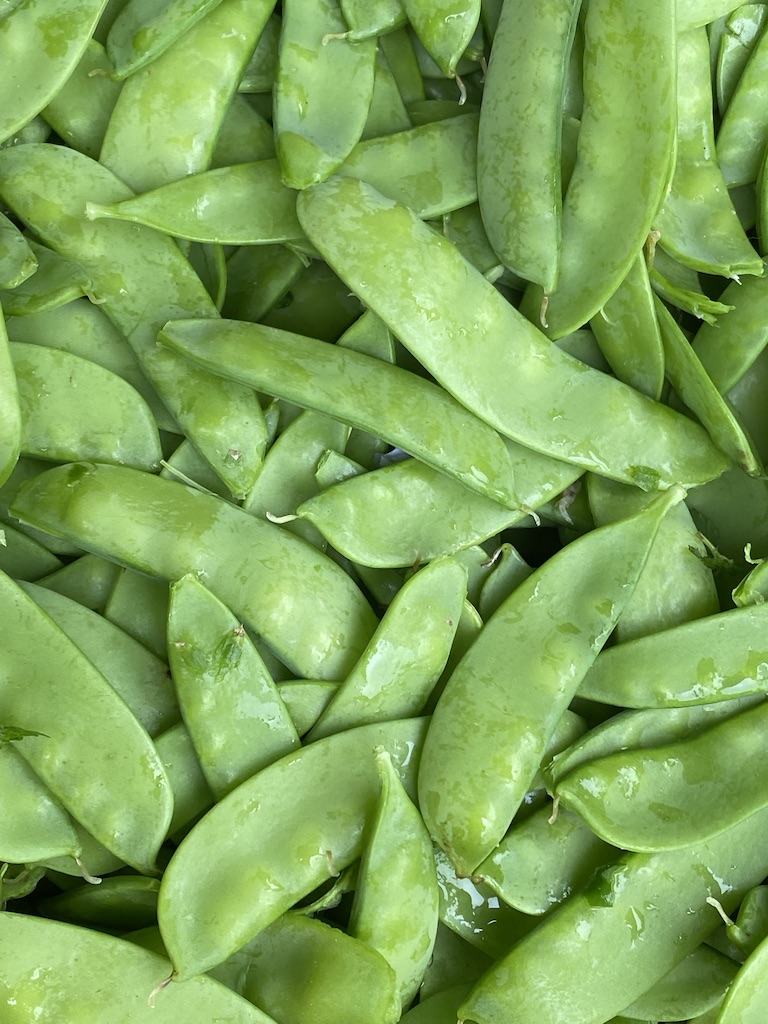Cravings?
Sugar can be as addictive as cocaine. An excess of sugar rewires the dopamine receptors in your brain. Out thinking your craving can be really tough. Craving for sweetness is strong.
With at least seventy percent of the immune system residing in the gut, there is little wonder that high sugar consumption makes immunity weak.
Processed and packaged foods (even the packages bought in the grocery store) often contain preservatives to extend shelf life, colouring agents to make it look appealing, sugar, salt, and bad fats to make you crave it. Food choices, even processed and packaged organic and non GMO can be saturated with sugar. Sugar also exists naturally in whole foods. Carbohydrates are made up of a group of sugars. It’s not that all carbs are bad. We need some for energy. Trouble comes when we get too much, become addicted or lose our ability to properly digest them.
Cravings for sweets or alcohol could also be caused by a Candida overgrowth. Candida preferentially feeds itself by making you crave sugar. Candida loves dairy, sugar, and dampness.
A craving for sweetness could be a need for protein. Protein slows the body’s absorption of sugars and helps you feel full longer so you are more satisfied with your meal. If you crave sugar, eat some protein, such as a handful of almonds or a piece of chicken, and see how you feel five or ten minutes after.
Troubles digesting sugars?
FODMAPs are fermentable oligo-, di-, monosaccharides, and polyols. Not only is that a mouthful, the list of FODMAP foods is long and avoiding them all can make eating a real challenge. That’s where a food sensitivity test will help narrow things down for you. Otherwise, you may choose to try the FODMAP-free diet, as a process of elimination for three months, then reintroduce items that don’t cause problems one by one. An intolerance to FODMAPs may be a major cause of the diarrhea part of irritable bowel syndrome (IBS).
FODMAPs include five categories of sugars:
- fructose
- fructans
- lactose
- polyols
- galactans
If you have an imbalance in your microbiome and thus lack the appropriate enzymes to break down FODMAP foods in the small intestine, you can end up with fermentation of sugars in the large intestine. This results in gas, pain, bloat, constipation, and diarrhea. The bloat can be really bad. I’ve seen some people bloat so much they look pregnant!

Levels of FODMAP will vary from food to food. This means you may be sensitive to one sugar but not another, or you may be okay with a small collective amount but must be careful not to overwhelm your system. If the microbiome imbalance is corrected, you may be able to go back to eating FODMAP foods again. This can take up to two years of abstinence. Like you and I can be stubborn at times, so can those microbes in the gut!
Fructose
Fructose is high in sugary foods such as soft drinks, which often have “high-fructose corn syrup” on the label. It also occurs in white sugar, honey, many fruits (dried ones and fresh ones such as apples, mangoes, pears, and watermelon), and vegetables (sugar snap peas, artichokes, and asparagus).
Fructans
When fructose molecules link together in chains, they form fructans. Fructans are abundant in wheat. They are also found in agave, artichokes, asparagus, leeks, garlic, onions (including spring onions), and rye. Some of these are essential to feed the gut. Many prebiotics include artichokes, asparagus, leeks, garlic, onions, and wheat.
Non-celiac wheat sensitivity may be a sensitivity to FODMAPs. It also means that diet drinks and chewing gum might upset your stomach. It also might explain why it’s easier to eat wheat in Europe than in North America.
What’s the difference between wheat (gluten, gliadin) sensitivity and FODMAP sensitivity? FODMAPs cause gastrointestinal (GI) complaints. Gluten and gliadin proteins, on the other hand, may or may not cause GI complaints, whereas they do cause a lack of well-being in every other part of the body. European wheat is lower in FODMAPs than North American wheat, so if you’re sensitive and you eat it, you’ll still get an immune response, just not the GI complaints.
Galactins
Galactins are also a FODMAP food. Chickpeas (garbanzo beans), legumes, lentils, pistachio nuts, and cashews top this list. Methane- and hydrogen-sensitive breath tests available through your naturopathic or functional medicine doctor can help identify the causes and symptoms (gas, pain, bloating, bad breath) of carbohydrate (FODMAP) malabsorption. SIBO (small intestinal bacterial overgrowth) can exacerbate the issue.
Lactose
Lactase enzyme is required to break down the milk sugar lactose. Sixty-eight percent of the world is lactase deficient. This reaches as high as 100 percent in the Han Chinese population. With age, it is natural to lose lactase levels. For those with FODMAP sensitivity to lactose, lactose-free milk products may be tolerable.
Polyols
You might recognize polyols as an ingredient in items labeled sugar-free. Watch for them in gum, mouthwash, and toothpaste. They include all the nonabsorbed sugars ending in –ol: sorbitol, mannitol, xylitol, maltitol. They are also found naturally in apples, apricots, lychee, nashi pears, nectarines, peaches, pears, plums, cauliflower, mushrooms, snow peas, and isomalt.
Artificial and noncaloric sweeteners
Sugar and noncaloric artificial sweeteners (stevia, saccharin, sucralose, and aspartame for example) change the composition of the gut microbiome and can lead to cardiovascular disease and glucose intolerance. If you want to play with the diabetes fire, here’s one way it starts.
Sugar overload?
Insulin, released from the pancreas, is needed to counter the bolus of sugars coming from the digestive tract. Insulin dysregulation, which can be insulin deficiency and insulin resistance, is a part of diabetes, obesity, anxiety, depression, cardiovascular disease, polycystic ovary syndrome (PCOS), metabolic syndrome, Alzheimer’s disease, vascular cognitive impairment, and non-alcoholic fatty liver disease (NAFLD). Sugar can also contribute to acne, tremors, candida overgrowth leading to headaches, brain fog, skin rashes, joint pain and congestion.
Need help?
Naturopathic Medicine offers ways to balance your gut microbiome, combat candida, regulate insulin, reduce sugar cravings and identity your food sensitivities. It empowers you to get to the root cause of your health issues, remove obstacles and regain your vitality.




